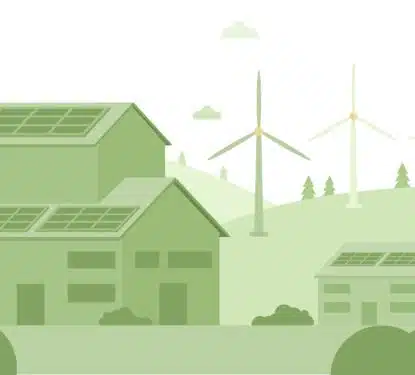“It is true that the way organizations are resetting the relationship between people, technology, and space, the way that work fits within cities — all of these things are hugely in flux at the moment. In 2018, for once I actually believe the hyperbole around transformational change. The future of work shouldn’t be underestimated,” Jeremy Myerson, the Helen Hamlyn Chair of Design at the Royal College of Art. In an April 2018 article, which was part of the “tech x interiors” special section, guest-edited by the design firm Studio O+A, Myerson explores how technology is reshaping the workplace. He relates it to the end of the 19th century and beginning of the 20th century when technologies like the telephone, the typewriter, the elevator, the adding machine, the electric lightbulb were revolutionizing the workplace. “These technologies didn’t all come along at once, but eventually they combined to create something completely new: the modern industrial office. And […]
Most Popular Articles

Wattbuy Acquisition Strengthens Schneider Electric’s 2025 Smart Home Strategy
This Research Note examines Schneider Electric’s acquisition of WattBuy, announced in August 2025. We highlight the startup’s development and strategic rationale of the acquisition before exploring the overall strategy of Schneider Electric in the US residential energy management space. WattBuy Profile Founded in 2017, Bellevue Washington based WattBuy is a software platform that helps consumers […]

Mitsubishi Electric’s $883m Nozomi Networks Acquisition Strengthens OT Security Portfolio
This Research Note examines the acquisition of Nozomi Networks announced by Mitsubishi Electric on 9th September 2025. We explore the transaction details and strategic rationale before assessing their Serendie-related digital services businesses and the acquisition’s impact on the Iconics Digital Solutions subsidiary of Mitsubishi Electric. Tranaction Details On 9th September 2025, Nozomi Networks, a US […]

Facilio’s Unified Building Operations Strategy: Solid Revenue Growth in 2024
This Research Note examines Facilio, one of 11 startups founded in India gaining traction in the smart buildings space, previously highlighted in our Startups in Smart Buildings Report, published in January 2025. We review their Operations & Maintenance (O&M) platform, disclosed company funding, and unified building operations strategy before providing our own view of this […]
